Here are seven staple types of bad defects in plastic electroplating parts:
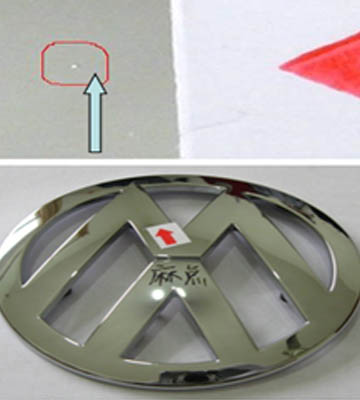
Pitting
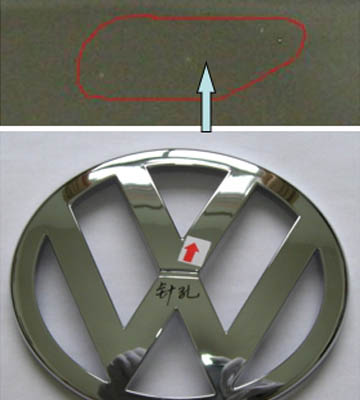
Pores
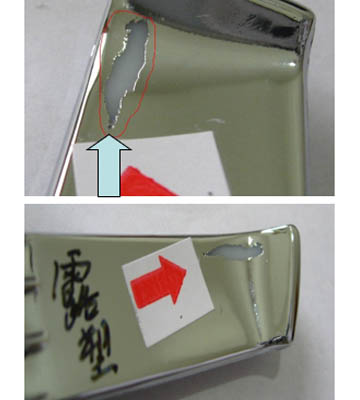
SKip Plating
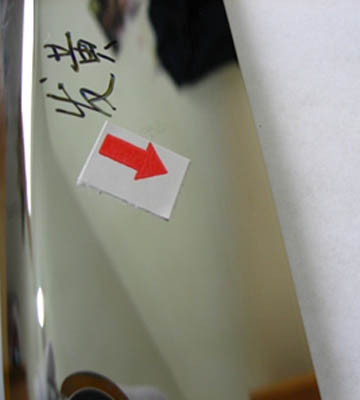
Yellowing
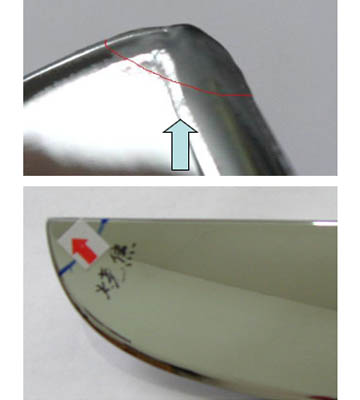
Scorch
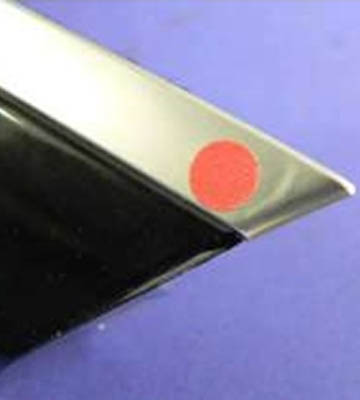
Blister
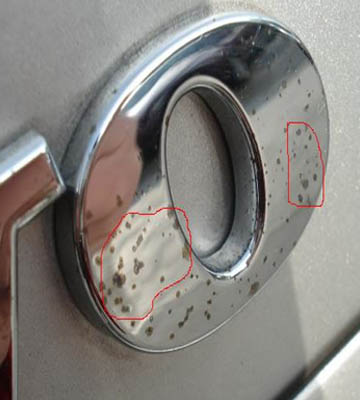
Rust
Detailed defect description and countermeasure are as follow:
Pitting:
Small bumps or small bright spots on the surface of the part, deposited by small particles of solid impurities on the surface of the part.
Cause:
Impurities in water tank,
Solid impurities in chemical tanks
Corrective actions:
Using purified water:
Intensifying filter process
Pores:
The pore or pinhole is a small pit on the surface of the part, which is mainly formed by the hydrogen gas adsorbed on the surface of the part during the electroplating process.
Cause:
Uneven air agitation in the plating bath
Actions:
Improve air agitation and drive away the hydrogen adsorbed on the surface of the part.
Skip Plating:
The surface of the part is not plated, mainly because electroless nickel is not deposited, causing the subsequent plating to be unsuccessful.
Cause:
High internal stress in molded part
Not fast reaction enough of electroless nickel, poor deposition
Improvements:
Adjust molding parameters to reduce internal stress.
Improve electroless nickel solution concentration.
Yellowish:
The color of the partial surface turns yellow. Mainly due to that the chrome layer (silver white) is not plated to reveal the color of nickel (white to yellow).
Cause:
The chrome plating current is too small.
Actions:
Improve chrome plating current
Scorch:
It is the protrusion or roughness of the sharp corner of the part, mainly caused by the excessive current of the part in the plating process and the coarseness of the plating layer.
Cause:
Because of excessive current
Actions:
Current reduction
Blister:
It is the surface of the part bulging out, mainly due to the poor adhesion between the plating layer and the plastic layer.
Cause:
Poor plating performance of resin
Poor etching or excessive etching
Actions:
Use approved plating grade ABS resin
Adjust etching process (concentration, temp, time)
Rust:
The surface of the part is corroded, discolored, and tarnished, mainly due to poor corrosion resistance of the part.
Cause:
Rack’s poor conductivity results in insufficient plating thickness and micropores
Insufficient potential between layers
Corrective measures:
Redesign or remake new racks
Adjust potential
About CheeYuen
Established in Hong Kong in 1969, CheeYuen is a solution provider for plastic part manufacturing and surface treatment. Equipped with advanced machines and production lines (1 tooling and injection molding center, 2 electroplating lines, 2 painting lines, 2 PVD line and others) and led by a committed team of experts and technicians, CheeYuen Surface Treatment provides a turnkey solution for chromed plastic, paint & PVD parts, from tool design for manufacturing (DFM) to PPAP and eventually to finished part delivery across the globe.
Certified by IATF16949, ISO9001 and ISO14001 and audited with VDA 6.3 and CSR, CheeYuen Surface Treatment has become a widely-acclaimed supplier and strategic partner of a great number of well-known brands and manufacturers in automotive, appliance, and bath product industries, including Continental, ALPS, ITW, Whirlpool, De’Longhi and Grohe, etc.
Have comments regarding this post or topics that you would like to see us cover in the future?
Send us an email at : peterliu@cheeyuenst.com
Post time: Oct-08-2023

